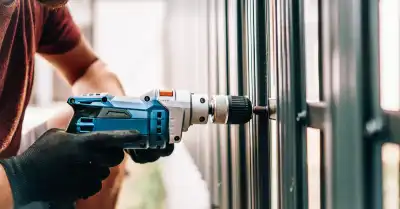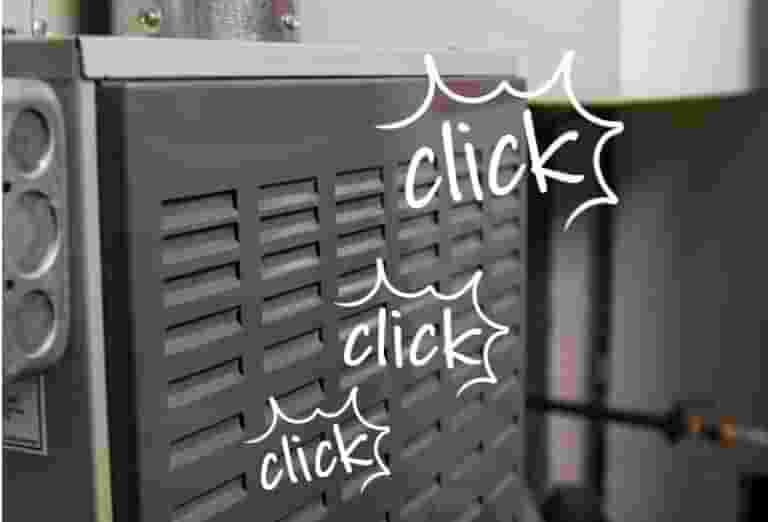Sometimes homeowners don't take notice of damage to their barrier until it's gotten so severe that there's almost no choice but to knock it down and build a completely new one. That's understandable because the damage often starts small and gets incrementally worse over time, so it's just not as blatantly obvious as it is when damage is sudden.
If you are aware of the signs that your fencing could benefit from professional Thornton fence repair, you can get the help you need before that damage spirals out of control and becomes a much bigger hassle and expense to deal with. Here are some of the common repairs our team handles regularly in Thornton, CO, and other nearby parts of the greater Denver area.
Broken Slats or Pickets
Broken slats are among the most noticeable signs that a property is in desperate need of Thornton fence repair, whether you've got a wooden fence, vinyl fence, or composite material in place. Over time, your structure deteriorates and suffers issues such as decay and pest infestations that weaken slats and rails, causing them to crack or break apart altogether. That certainly takes the privacy out of your privacy fence and makes your structure look like a gap-toothed smile. It also weakens the overall structure, which is all interconnected—and if you happen to have an energetic dog or curious toddler, you know they'll find a way to squeeze through those little gaps and take themselves on an adventure around your neighborhood. We'll handle Thornton fence repair by removing the damaged material and replacing it, or replacing missing pieces, so your structure is secure and capable of protecting your property again.
Rotting Wood
If you are a homeowner in Thornton, CO, you probably already know all about the trouble wood rot can cause for any timber on the exterior of your property, and your wood fence is no exception. We get a pretty decent amount of moisture here between rainfall and snowmelt, and wood rot is a type of decay caused by wood-eating fungi that can only grow in wood with a high moisture content above 20% or so. Any timber that is outdoors and exposed to the elements is susceptible to rotting because it gets soaked by rain, snow, and humidity and creates the right conditions for wood rot fungi.
Typically, the most effective method of repair is to remove affected pieces of wood altogether and replace them with new, green-treated, or pressure-treated wood, then refinish and seal your whole structure to give it increased water resistance in the future. Since paint and sealant are the only ways to protect timber that is outdoors and exposed to moisture, it's important to refinish every few years or when you see signs that the paint layer is deteriorating. If you found the problem early on and patches of decay are minor, your Thornton handyman may be able to take care of it by scraping or scrubbing the rotted parts off and filling cavities with epoxy wood filler, then painting over it, so your repair is invisible. If rotting wood is bothering you, vinyl fencing requires less maintenance as the vinyl is immune from rotting and only needs to be washed occasionally.
Rust and Corrosion
If you have a metal barrier such as a wrought iron fence, there's not much that is going to damage it. They can last for generations with proper care. However, it is a good idea to watch out for signs of rust or other types of corrosion that eat away at metal fences. When you do need Thornton fence repair, your local handyman can remove the rust spots and apply an anti-rusting sealant that will help keep rust at bay.
Slats or Rails Are Touching Soil
Only one part of your structure should be making contact with the ground, and that is the vertical posts that are embedded into the ground and hold the entire structure up. Rails, slats, pickets, gates, and even chain link panels should be at least a couple of inches away from the soil to avoid undue wear and tear or decay damage caused by factors such as wood rot and rust.
The structure was probably free and clear of the ground when it was first built, but over time, heavy rain, landscaping changes, and shifting earth can cause soil to build up underneath your structure until it's touching. Luckily there's a simple solution to that problem: just sweep the excess soil out from underneath and clear away any weeds or tall grass that are clogging up the space underneath your slats. But if parts of your structure are touching soil because the structure is sinking into the ground, posts are sagging, or sections have been seriously damaged by rot, the necessary Thornton fence repair work will naturally be more extensive, and some sections may need replacement.
Leaning or Warped Posts
The fence posts are the only means of support for your entire structure, so if they're leaning or shifting when you touch them, it's a clear problem that needs Thornton fence repair sooner rather than later. Typically in situations like this, a leaning post is broken off underneath the ground and is not being supported by its concrete footing. When it gets to that point, a stiff breeze could bring down the whole structure. That's not safe, and it also makes Thornton fence repair or replacement more time-consuming and laborious. We can replace or reinforce the old posts to stabilize the structure.
Violates Municipal Regulations
Your structure might be looking great and showing no major signs of damage, but if you have received a notice that it violates fence regulations put in place by the City of Thornton or encroaches on public property, it makes sense to have it taken care of before you incur a fine. If the problem is that the fence is too tall, we might be able to make it shorter without having to relocate the posts or footings. But if it needs to be moved back a few feet to ensure it is behind your property line, our Thornton fence repair strategy will involve digging up the posts and re-pouring concrete footings.
In Thornton, CO, the following municipal regulations apply to fences:
- Side and backyard fences may be a maximum of six feet tall
- Front yard structures may be a maximum of four feet tall
- If a side or rear yard structure is located along an arterial street or regional thoroughfare, it may be up to eight feet tall.
- If the structure is adjacent to a collector street, arterial street, or regional thoroughfare, any repair or replacement must be per the original design.
If you have a homeowners association (HOA), your HOA may have regulations that apply to the repair or replacement of your structure.
 Click to call
Click to call
 Click to call
Click to call


